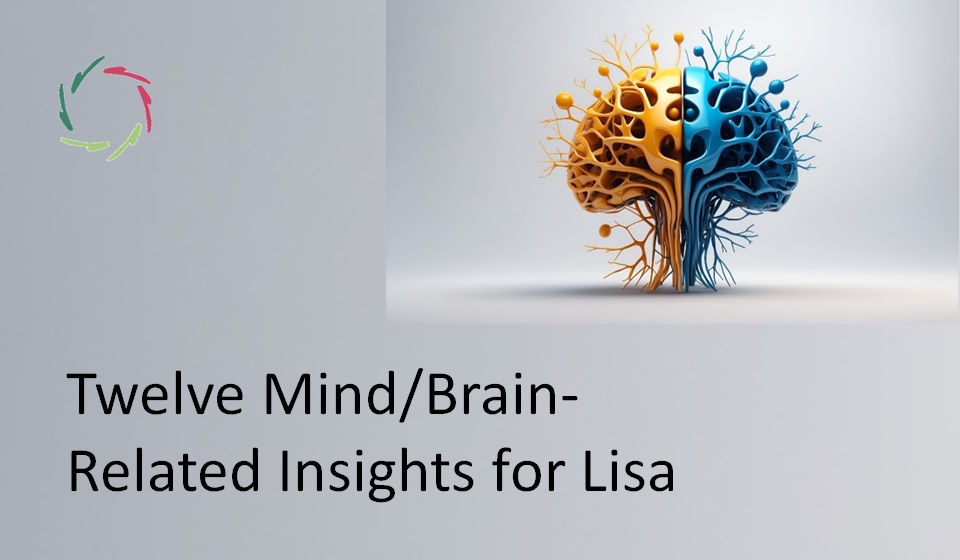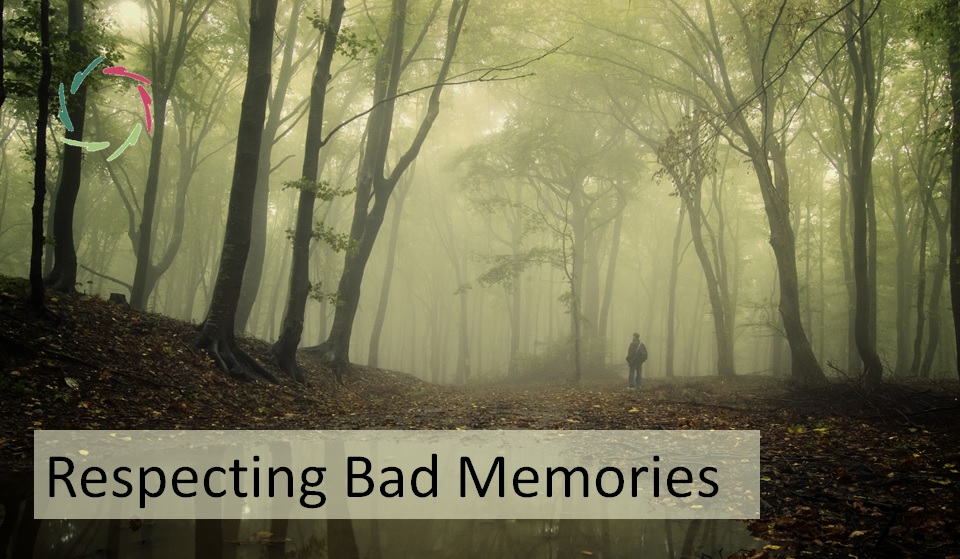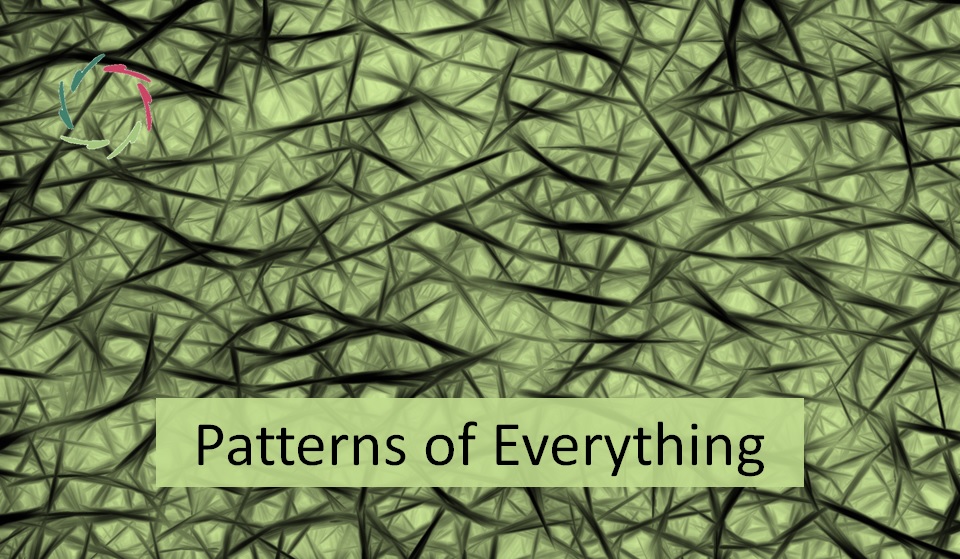Twelve Mind/Brain-Related Insights for Lisa

These insights provide a foundation for understanding the complexities of the human mind and its functioning ― important in understanding anything mind-related.
Crucially, they highlight the interplay between various brain regions, the influence of non-conscious processes, and the dynamic nature of mental activity.
These are twelve insights and for each some practical advice useful for Lisa-coaching:
Neuroplasticity
The brain’s ability to reorganize itself by forming new neural connections throughout life. This adaptability is key to learning, memory, and recovery from brain injuries. Neuroplasticity isn’t limited to young brains; adults also retain significant plasticity, enabling lifelong learning and adaptation.
Neuroplasticity is also influenced by emotional states; positive emotions can enhance learning and adaptability.
Practical advice: Engage in diverse activities and hobbies regularly to stimulate different neural pathways and promote cognitive flexibility and creativity. Cultivate a positive emotional environment, both personally and professionally, to boost neuroplasticity and optimize learning and adaptation.
Mind-body unity
The mind and body are deeply interconnected, influencing each other continuously. This holistic approach is essential for understanding psychosomatic illnesses and overall well-being. Chronic stress can disrupt the mind-body connection, leading to various health issues.
Practical advice: Practice mindful breathing exercises to consciously connect the mind and body, enhancing overall well-being and reducing stress.
Subconceptual processing
Much of the brain’s activity occurs below the level of conscious awareness. These non-conscious processes are fundamental to how we think, feel, and behave. Subconceptual processing often manifests as intuition, guiding decisions and actions without conscious reasoning.
Practical advice: Keep an AurelisOnLine sessions journal to explore non-conscious thoughts and patterns, aiding in personal insight and problem-solving.
Dual process theory
The idea that the mind operates on two levels: the fast, automatic, and subconscious (System 1), and the slow, deliberate, and conscious (System 2). Understanding this helps in recognizing biases and improving decision-making.
Practical advice: Use reflective journaling to identify automatic biases (System 1) and consciously develop more deliberate, rational responses (System 2). Prioritize good sleep hygiene to ensure both systems function optimally.
Emotional regulation
The ability to manage and respond to emotional experiences involves complex interactions between various brain regions, including the prefrontal cortex and the amygdala.
Practical advice: Integrate emotional intelligence training in daily routines to manage and respond to emotions more effectively. Foster strong social connections and seek support from friends and family.
Conscious and non-conscious mind
The conscious mind is responsible for awareness and deliberate actions, while the non-conscious mind handles automatic and deeply ingrained processes. Understanding their interplay is crucial for comprehending human behavior. Non-conscious mind processes can be accessed and influenced through creative activities like art and music.
Practical advice: Increase awareness of non-conscious processes and how they influence conscious thoughts and actions.
Cognitive biases
Systematic patterns of deviation from norm or rationality in judgment. These biases affect decisions and judgments and understanding them helps in recognizing errors in thinking and improving mental processes. Cognitive biases are more prevalent under cognitive load and time pressure.
Practical advice: Use critical thinking exercises to identify and challenge cognitive biases, improving rational decision-making skills.
Emotional memory
Emotions significantly enhance the encoding and recall of memories, as seen in conditions like PTSD. Fortunately, emotional memories can be recontextualized.
Practical advice: Use storytelling to process and integrate emotional memories, fostering healing and growth.
Default Mode Network (DMN)
This brain network is active during rest and involved in self-referential thoughts, daydreaming, and future planning. The DMN is involved in moral reasoning and understanding others’ perspectives.
Practical advice: Encourage regular periods of rest and daydreaming to stimulate the DMN, enhancing creativity and self-reflection.
Embodied Cognition
Our cognitive processes are deeply rooted in the body’s interactions with the world, challenging the separation of mind and body. Physical posture and movements can influence cognitive states and emotional experiences.
Practical advice: Engage in activities like dance or yoga that integrate physical movement with cognitive processing. Adopt power poses and open body language to boost confidence and improve emotional well-being.
Neurodiversity
Variations in brain function, such as in autism or ADHD, represent natural differences rather than deficits, promoting a more inclusive understanding of mental functioning. On the other hand, neurodiverse individuals often possess unique strengths, such as heightened creativity or analytical skills.
Practical advice: Create inclusive environments that celebrate different ways of thinking and learning, promoting acceptance and leveraging diverse strengths.
Mindfulness and brain health
Practices like mindfulness and meditation can physically change brain structures, enhancing areas related to attention, compassion, and emotional regulation.
Practical advice: Incorporate daily mindfulness practices to foster neural changes that enhance attention, compassion, and emotional regulation.
Conclusion
These insights and practical applications reflect the complexity and adaptability of the human mind. They can significantly enrich one’s understanding and interactions with others, leading to a more Compassionate society.


